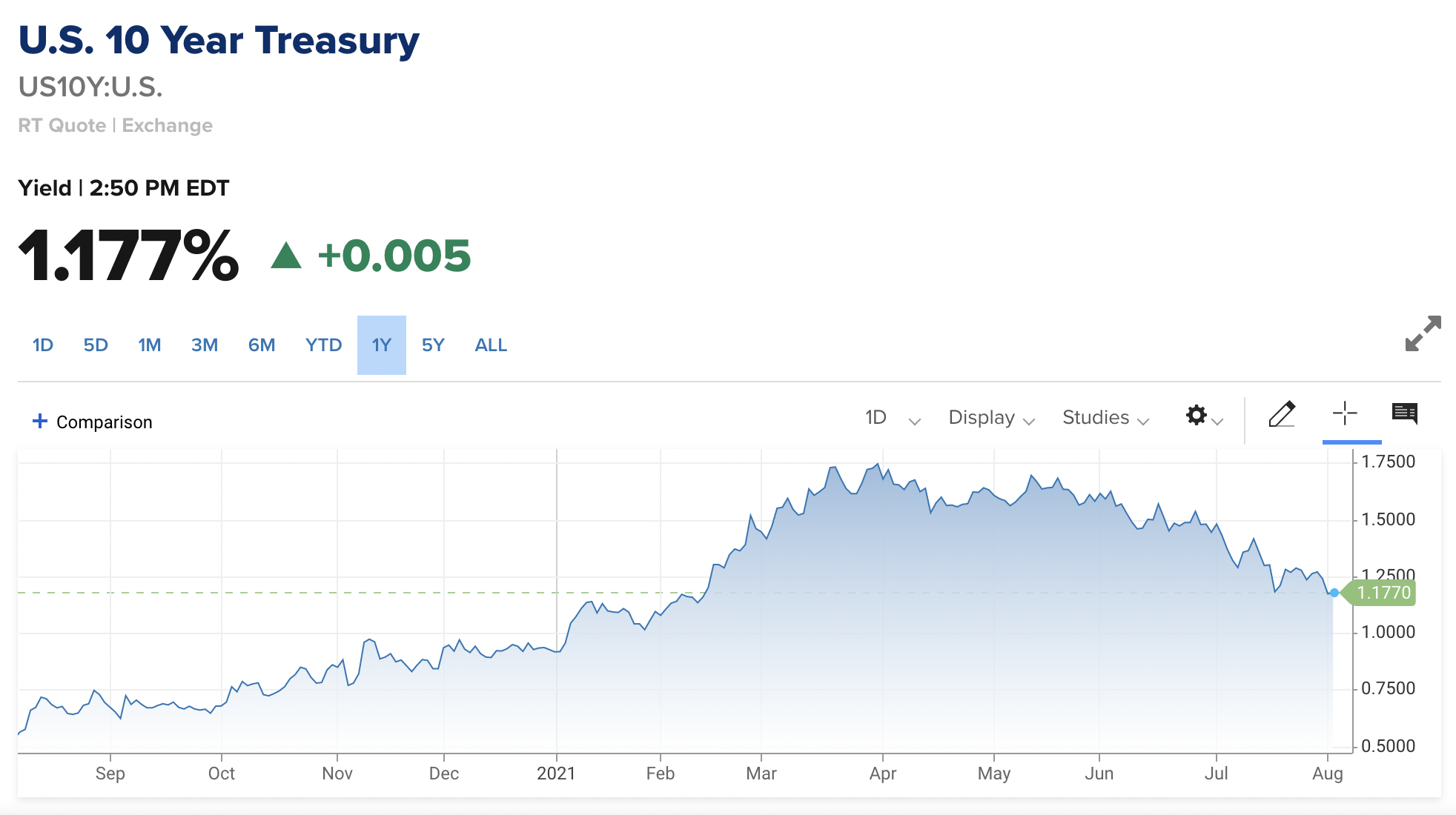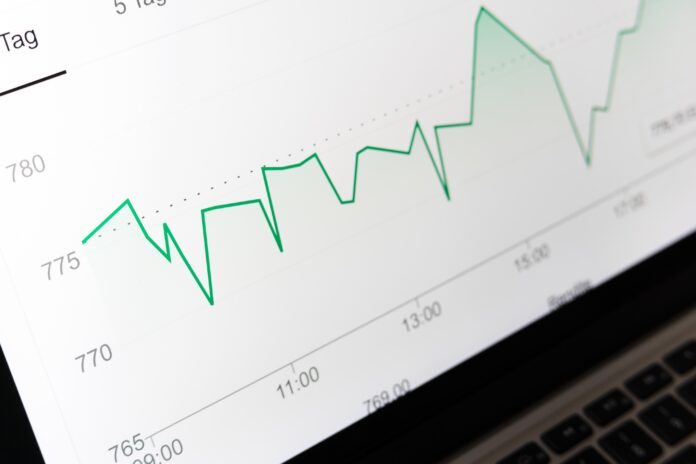The economy continues to show signs of improving, but the Federal Reserve isn’t considering raising interest rates anytime soon. Last week, the Fed announced it’s keeping interest rates near zero until substantial further progress is made.
And mortgage rates remained historic lows throughout July, with the average rates still below 3%. But will interest rates continue to drop, and if so, what will this mean for both the economy and consumers, especially homebuyers, going forward?
The Fed Keeps Interest Rates Near Zero
Last week, the Federal Reserve announced it was keeping the benchmark interest rate within the target range of zero and 0.25%. Chairman Jerome Powell said the Fed is not even considering a rate hike despite the improving economic conditions.
The economy continues to strengthen, even amid growing concerns over COVID-19 and the delta variant. Even still, it seems likely that the Fed will keep interest rates steady for the remainder of the year.
Economic Indicators to Watch
Projecting the economy’s trajectory is never easy since there are so many different variables to consider. Here are some key economic indicators to pay attention to in the coming months:
- Unemployment: In June, the Bureau of Labor Statistics showed significant job growth, with 850,000 new jobs created. But unemployment is currently 5.9%, down from where it was in April 2020, but still higher than pre-pandemic levels.
- GDP: The GDP provides an overview of the goods and services an economy produces and is a good indicator of whether that economy is growing or slowing. The GDP increased 6.5% during the second quarter, reflecting the continued economic recovery.
- 10-year Treasury Note: On July 1, the 10-year Treasury note opened at 1.44% and continued to fall throughout the month, hitting a yield day low of 1.15%. It’s currently at its lowest level since February 2020, which could indicate that economic growth is stagnating.
- Inflation: The International Monetary Fund (IFM) warned of the risk of inflation and that price increases could continue for several months. In June, consumer prices increased 5.4% from a year earlier. The escalating inflation is caused by many factors, including supply-chain problems brought on by the pandemic.

Ending the Adverse Market Refinance Fee
In July, the Federal Housing Finance Agency (FHFA) announced the end of the adverse market refinance fee. The adverse market refinance fee is a 0.5% fee assessed to any refinanced homes backed by Fannie Mae or Freddie Mac.
Fannie Mae and Freddie Mac charged the fee to lenders, and it was then passed on to consumers during closing costs. To put this into context, a borrower refinancing a $200,000 home would pay an additional $1,000 fee.
The fee was added in 2020 to make up for projected losses from the pandemic. However, advocacy groups criticized the fee when it was first introduced, saying it was an unnecessary burden on homeowners.
Many people saw the fee as a way to capitalize on the borrowers who were rushing to refinance their homes. Eliminating the adverse market refinance fee will make refinancing more affordable for borrowers.
Will Rates Continue to Fall?
According to Freddie Mac, the average rate for a 30-year mortgage is 2.8%, and 15-year mortgages hit a record low of 2.10%. This has allowed consumers to refinance or pull money out of their homes at historically low rates.
Rates may continue to fall slightly in August but should remain fairly steady for the remainder of 2021. Here are a few things that could affect interest rates in the future:
- If the real estate demand remains strong and the economy continues to improve, interest rates should go up over time.
- Growing concerns over the delta variant could weaken the economy and keep rates low.
- Inflation usually leads to higher mortgage rates, and inflation rates are currently higher than most people expected. Time will tell whether inflation rates are truly temporary or not.
- The Federal Reserve is currently investing heavily in mortgage-backed securities (MBS) as part of the economic recovery program. If the Fed slows its purchasing of MBS, then interest rates will likely start to go up.
Now’s the Time to Get a Mortgage
With the current 30-year fixed mortgage interest rate at 2.8% and 15-year fixed at 2.1%, now is the perfect time to get a mortgage for people looking to buy. Buyers, however, might find it challenging to enter the market now as real estate values are at all-time highs in major cities and suburbs, including Sacramento, CA, Austin, TX, and Boise, ID. As housing affordability continues to exacerbate in key U.S. housing markets, buyers are required to save up more cash upfront to cover the 20% down payment, which is often considered the most significant barrier to homeownership. But buyers who can cover the down payment and rising monthly payments should consider locking in the rate now.
As for homeowners looking to cut costs and reduce monthly payments, now’s a great time to refinance, as Fannie Mae and Freddie Mac ended the adverse market refinance fee. Especially for owners looking for opportunities to expand or renovate their homes, cash-out refi might be a good option now. However, keep in mind that as inflation continues to drive prices and labor costs, taking on a construction or renovation project right now might not be ideal until the market absorbs the pent-up demand due to COVID-19.


